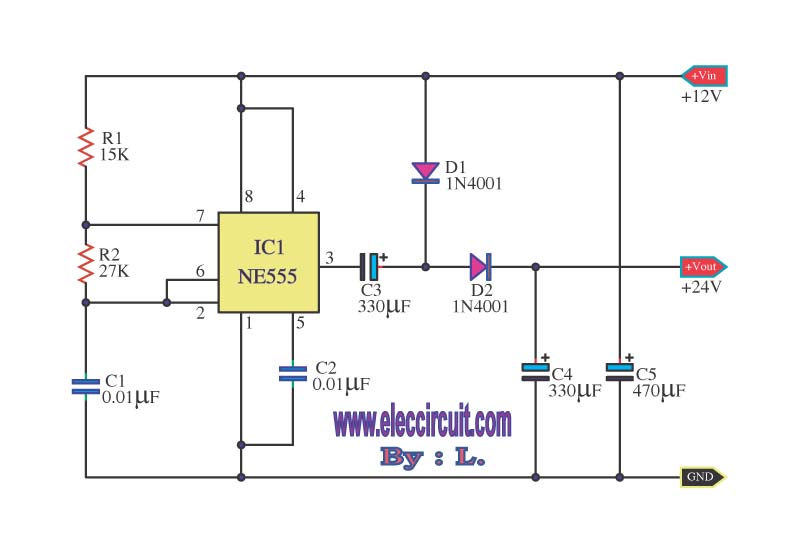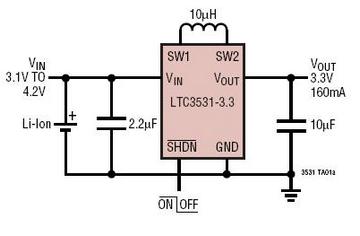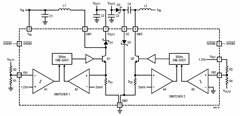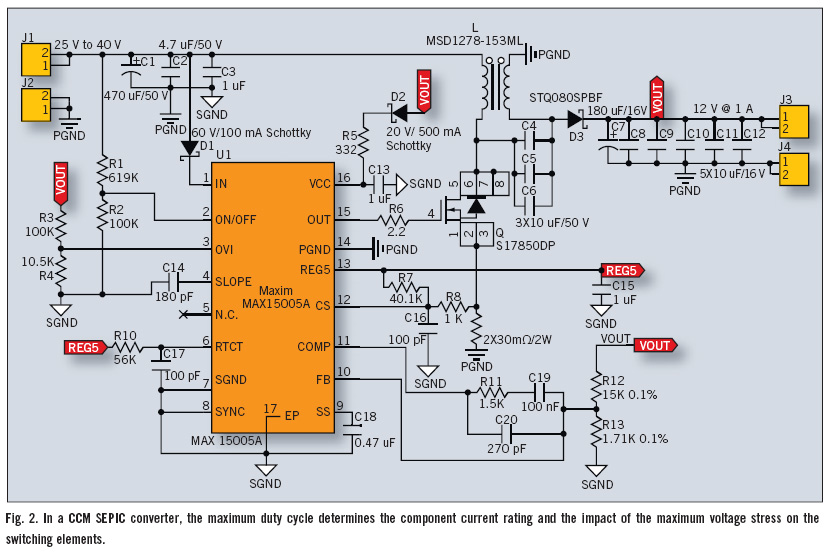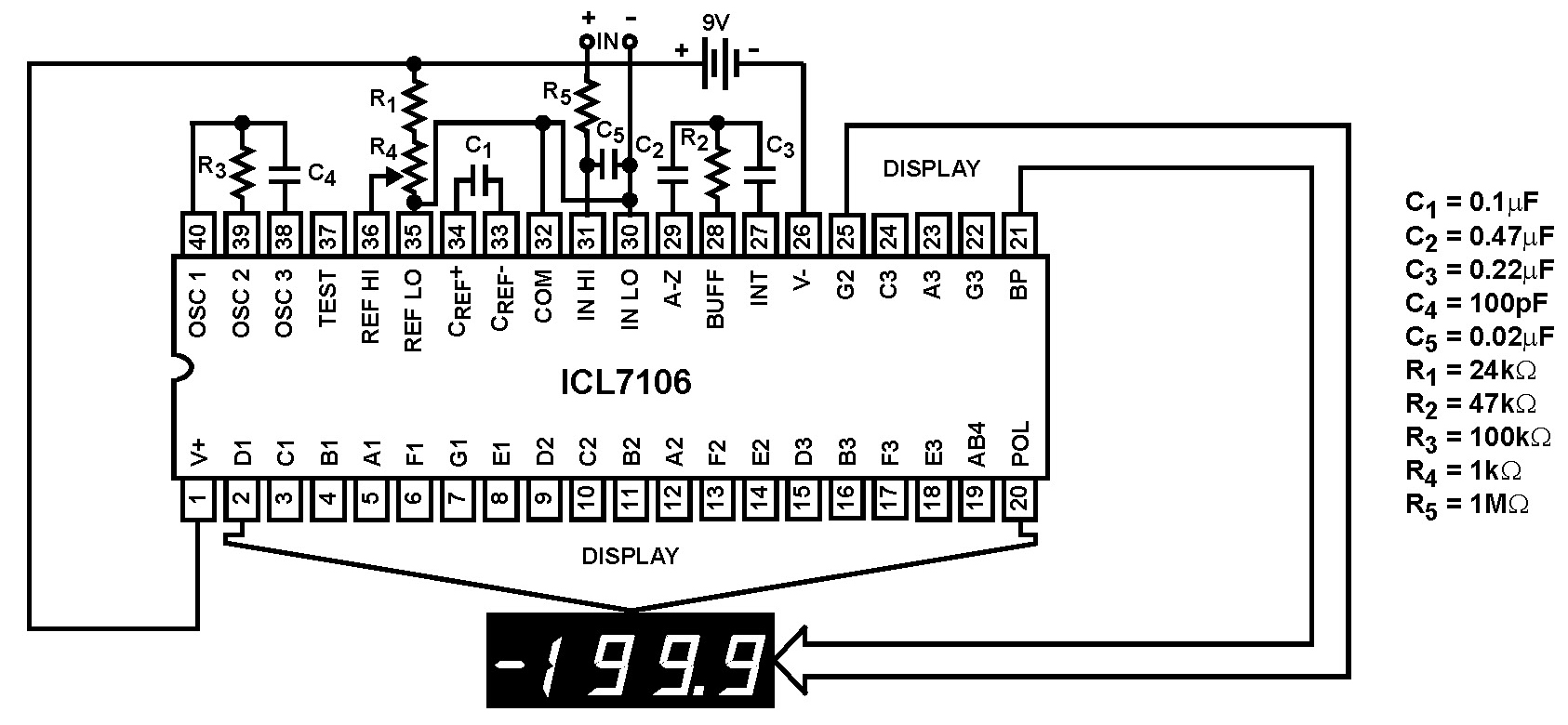
analog-to-digital converters (ADCs)
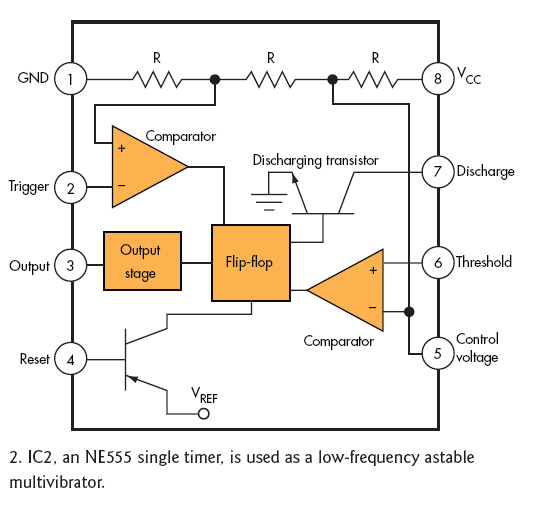
Analog-to-digital converters (ADCs), printed-circuit board (PCB), microcontroller or digital signal processor (DSP), total-harmonic-distortion (THD), signal-to-noise ratio (SNR).
Analog-to-digital converters (ADCs) are essential components in modern electronic systems, enabling the conversion of analog signals into digital form for processing by microcontrollers or digital signal processors (DSPs). The integration of ADCs on printed-circuit boards (PCBs) facilitates compact design and efficient signal processing.
ADCs are characterized by their performance metrics, including total-harmonic-distortion (THD) and signal-to-noise ratio (SNR). THD quantifies the distortion introduced by the ADC during the conversion process, expressed as a percentage of the total output signal. A lower THD indicates higher fidelity in the signal reproduction. SNR, on the other hand, measures the ratio of the desired signal's power to the background noise power, typically expressed in decibels (dB). A higher SNR signifies a clearer and more accurate representation of the input signal.
In a typical application, the ADC receives an analog input signal, which may originate from various sensors or analog circuitry. The ADC samples the input signal at a specified rate, determined by the Nyquist theorem, to avoid aliasing. The sampled values are then quantized into discrete digital values, which can be processed by the microcontroller or DSP. The choice of ADC specifications, such as resolution (number of bits), sampling rate, and dynamic range, significantly impacts the overall performance of the system.
The design of the PCB must consider the layout and routing of traces to minimize noise and interference, ensuring optimal performance of the ADC. Proper grounding techniques and the placement of decoupling capacitors are critical to maintain signal integrity. Additionally, the selection of the appropriate microcontroller or DSP is crucial, as it must be capable of handling the data throughput and processing requirements dictated by the ADC's specifications.
In summary, the integration of ADCs on PCBs, alongside microcontrollers or DSPs, plays a pivotal role in modern electronics, with performance metrics such as THD and SNR being vital to achieving high-quality signal processing.analog-to-digital converters (ADCs) | printed-circuit board (PCB) | microcontroller or digital signal processor (DSP) | total-harmonic-distortion (THD) | ignal-to-noise ratio (SNR). 🔗 External reference
Analog-to-digital converters (ADCs) are essential components in modern electronic systems, enabling the conversion of analog signals into digital form for processing by microcontrollers or digital signal processors (DSPs). The integration of ADCs on printed-circuit boards (PCBs) facilitates compact design and efficient signal processing.
ADCs are characterized by their performance metrics, including total-harmonic-distortion (THD) and signal-to-noise ratio (SNR). THD quantifies the distortion introduced by the ADC during the conversion process, expressed as a percentage of the total output signal. A lower THD indicates higher fidelity in the signal reproduction. SNR, on the other hand, measures the ratio of the desired signal's power to the background noise power, typically expressed in decibels (dB). A higher SNR signifies a clearer and more accurate representation of the input signal.
In a typical application, the ADC receives an analog input signal, which may originate from various sensors or analog circuitry. The ADC samples the input signal at a specified rate, determined by the Nyquist theorem, to avoid aliasing. The sampled values are then quantized into discrete digital values, which can be processed by the microcontroller or DSP. The choice of ADC specifications, such as resolution (number of bits), sampling rate, and dynamic range, significantly impacts the overall performance of the system.
The design of the PCB must consider the layout and routing of traces to minimize noise and interference, ensuring optimal performance of the ADC. Proper grounding techniques and the placement of decoupling capacitors are critical to maintain signal integrity. Additionally, the selection of the appropriate microcontroller or DSP is crucial, as it must be capable of handling the data throughput and processing requirements dictated by the ADC's specifications.
In summary, the integration of ADCs on PCBs, alongside microcontrollers or DSPs, plays a pivotal role in modern electronics, with performance metrics such as THD and SNR being vital to achieving high-quality signal processing.analog-to-digital converters (ADCs) | printed-circuit board (PCB) | microcontroller or digital signal processor (DSP) | total-harmonic-distortion (THD) | ignal-to-noise ratio (SNR). 🔗 External reference
